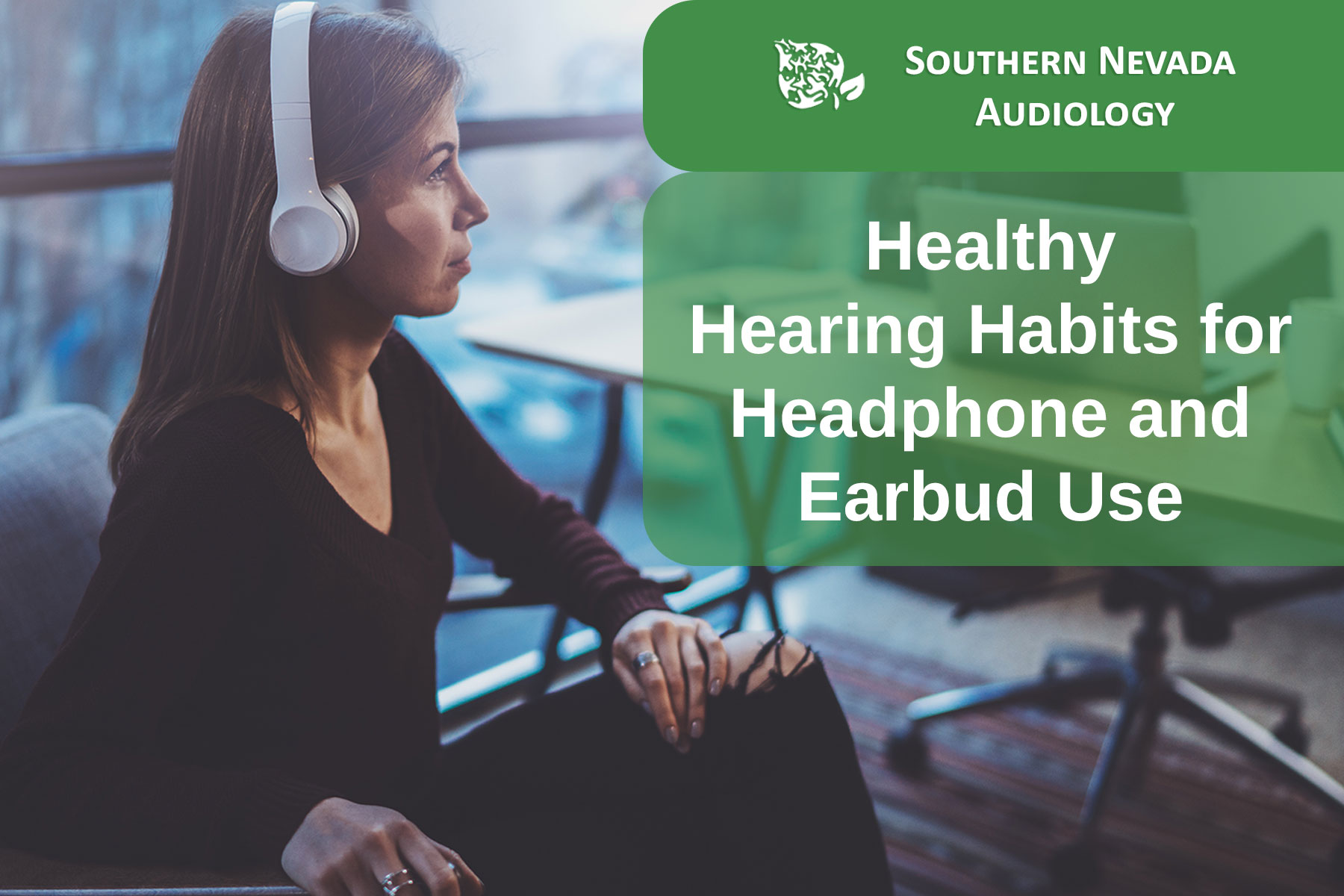Are earbuds or headphones your choice for listening to podcasts or music? Today, it remains a part of daily life—especially among younger adults. A recent study found that nearly half of younger workers regularly use headphones, with many reporting that it helps them concentrate, feel happier, and be more productive after work.
Headphones provide a sense of privacy in public spaces, allowing you to create your own personal audio zone no matter where you are. While they’re used by people of all ages, research shows that young adults between the ages of 19 and 29 spend the most time listening—averaging 7.8 hours per week.
With this amount of usage, it’s important to be aware of safe listening practices. Exposure to loud volumes for extended periods can lead to tinnitus (ringing in the ears) and even permanent hearing loss. Knowing how to protect your hearing can help ensure you enjoy your favorite sounds for years to come.
Understanding the Hazards of Noise-Induced Hearing Loss
Approximately 48 million people in the United States are living with hearing loss. While age-related hearing loss is the most common cause, noise-induced hearing loss (NIHL) is a growing concern—especially among younger generations. Unlike age-related hearing decline, NIHL can affect people at any age and is increasingly linked to the widespread use of headphones and exposure to loud environments.
This type of hearing loss often begins subtly as a difficulty in communication, but its impact can quickly extend far beyond that. Untreated hearing loss is associated with strained relationships, reduced earning potential, decreased mobility, increased risk of depression, diminished cognitive function, and even physical safety concerns.
For older adults, these effects have long been recognized. However, the rise in early-onset hearing loss among younger people means these challenges may now be faced much earlier in life—making awareness and prevention more important than ever.
Hearing Risks from Unsafe Headphone Volume Levels
Sound is measured in decibels (dBA), and prolonged exposure to sounds above 85 dBA can lead to permanent hearing loss. But it’s not just the volume that matters—it’s also how long you’re exposed. At 85 dBA, hearing damage can begin after 8 hours of continuous exposure. For every 3 dBA increase, the safe exposure time is cut in half:
- 88 dBA: damage can occur after 4 hours
- 91 dBA: just 2 hours
- 100 dBA or more (common with headphones at high volume): damage can begin in as little as 15 minutes
Because headphones and earbuds can reach dangerously high decibel levels—and are often used for long stretches at work or during recreation—many people are unknowingly putting their hearing at risk.
How to Listen Safely
Headphones are convenient and effective, but it’s essential to use them responsibly to protect your hearing. Here are a few simple tips:
Lower the Volume: A good rule of thumb is the 60/60 rule—listen at no more than 60% of your device’s maximum volume for no more than 60 minutes at a time.
Check Your Sound Leak: If someone else can hear your music while you’re wearing headphones, it’s too loud.
Use Noise-Canceling Headphones: These can help block out external noise, allowing you to listen at lower, safer volumes.
Take Listening Breaks: Give your ears time to recover by taking breaks from headphone use throughout the day.
Protecting your hearing now means enjoying clear, healthy hearing for years to come.
Use Noise-Canceling Headphones
Noise-canceling headphones are becoming a popular choice for safeguarding your hearing while improving sound quality. They detect ambient noises—such as chatter in a bustling café or the rumble of a train—and generate inverted sound waves that effectively cancel out these distractions. This technology lets you listen at lower, safer volumes, so you can enjoy your music or podcasts without putting your hearing at risk.
Protect Your Hearing with Breaks
Volume isn’t the only risk—how long you listen matters just as much. To reduce the chance of noise-induced hearing damage, it’s important to give your ears regular breaks. A helpful guideline is to remove your headphones for at least 30 minutes after every 45 to 60 minutes of use. These breaks allow your ears time to recover and play a key role in protecting your hearing over the long term.
If you feel you may be experiencing hearing loss—whether from headphone use or other noise exposure—it’s important not to wait. Early detection allows for better management and treatment options.
Contact us today to book an appointment with Southern Nevada Audiology. Your hearing is worth it.

